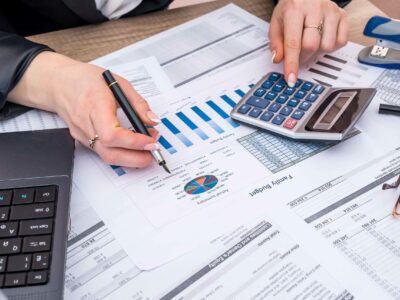
The buyer will want to pay the lowest possible price for the company and will claim higher depreciation of the seller’s assets than the seller would. This is often heavily negotiated because, in industries like manufacturing, the provenance of their assets comprise a major part of their company’s top-line worth. Depreciation measures an asset’s gradual loss of value over its useful life, measuring how much of the asset’s initial value has eroded over time.
DamagedCars is the premiere marketplace
To calculate the annual depreciation expense, the depreciable cost (i.e. the asset’s purchase price minus the residual value assumption) is divided by the useful life assumption. The double-declining balance (DDB) method uses a depreciation rate that is twice the rate of straight-line depreciation. Therefore, the DDB method would record depreciation expenses at (20% x 2) or 40% of the remaining depreciable amount per year. A vehicle is determined to be a total loss when the insurance company determines that the cost to repair the vehicle approaches or exceeds the actual cash value of the vehicle itself.
Declining Balance
- The assets continue to have value, but they are sold at a loss because they must be sold quickly.
- It’s just an estimate since your business may be able to continue using an asset past its useful life without incident.
- The units of production method is based on an asset’s usage, activity, or units of goods produced.
- Hence, a car with even a couple of miles driven on it tends to lose a significant percentage of its initial value the moment it becomes a “used” car.
- One way to determine the value of a salvage vehicle is to get a rough idea by looking up the worth of the model vehicle (with a clean title) in an automobile guide, like the KBB, and take 40% of the value.
An example of this is the difference between the initial purchase price of a brand new business vehicle versus the amount it sells for scrap metal after being totaled or driven 100,000 miles. This difference in value at the beginning versus the end of an asset’s life is called «salvage value.» Next, the annual depreciation can be calculated by subtracting the residual value from the PP&E purchase price and dividing that amount by the useful life assumption. The salvage value formula calculator is an online free tool that helps find the resale value for any asset. It uses the salvage value formula to find resell value and gives step-by-step solutions by explaining every term.
- Then, deduct 20% to 40% of the amount, which will give you an estimate of the vehicle’s salvage value.
- It is the value a company expects in return for selling or sharing the asset at the end of its life.
- Salvage value is also known as scrap value or residual value and is used when determining the annual depreciation expense of an asset.
- In the depreciation schedule above, the refrigerator’s ending book value in year seven is $1,000, the same as the salvage value.
- It uses the salvage value formula to find resell value and gives step-by-step solutions by explaining every term.
How do you determine the salvage value of a car?
When calculating depreciation, an asset’s salvage value is subtracted from its initial cost to determine total depreciation over the asset’s useful life. From there, accountants have several options to calculate each year’s depreciation. The salvage value calculator evaluates the salvage value of an asset on the basis of the depreciation rate and the number of years.
Download CFI’s free Excel template now to advance your finance knowledge and perform better financial analysis. Therefore, Company A would depreciate the how is salvage value calculated machine at the amount of $16,000 annually for 5 years. Nupur Gambhir is a content editor and licensed life, health, and disability insurance expert.
What happens when there is a change in a depreciable asset’s salvage value?
Then, deduct 20% to 40% of the amount, which will give you an estimate of the vehicle’s salvage value. Salvage value is also called scrap value and gives us the annual depreciation expense of a specific asset. It must be noted that the cost of the asset is recorded on the company’s balance sheet whereas the depreciation amount is recorded in the income statement.

Depreciation Methods

She has extensive experience bringing brands to life and has built award-nominated campaigns for travel and tech. Her insurance expertise has been featured in Bloomberg News, Forbes Advisor, CNET, Fortune, Slate, Real Simple, Lifehacker, The Financial Gym, and the end-of-life planning service. J.B. Maverick is an active trader, commodity futures broker, and stock market analyst 17+ years of experience, in addition to 10+ years of experience as a finance writer and book editor. It is the anticipated value of the asset, considering elements such as depreciation, age-related deterioration, and becoming outdated.
Depreciation Calculation

This method provides a systematic way to allocate the cost of an asset over its useful life, allowing for accurate financial reporting and evaluation of an asset’s value over time. Within this method, the asset’s value is assumed to decrease evenly over its useful life. Residual value is an essential factor in calculating the depreciation of an asset.
A company may elect to use one depreciation method over another in order to gain tax or cash flow advantages. Accountants use several methods to depreciate assets, including the straight-line basis, declining balance method, and units of production method. Each method uses a different calculation to assign a dollar value to an asset’s depreciation during an accounting year. The salvage price of the asset and scrap value calculation are based on the original price and depreciation rate.
Deja una respuesta